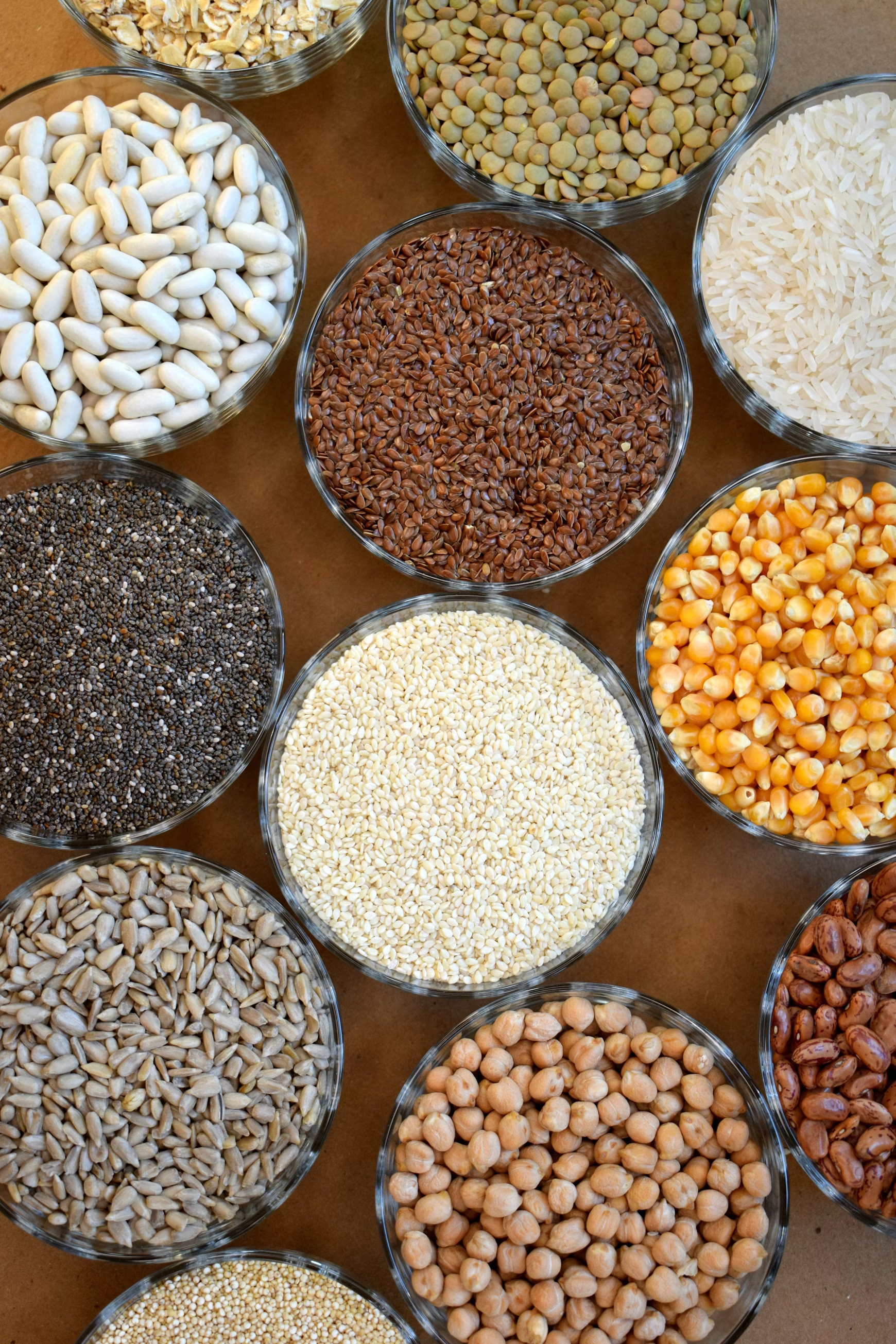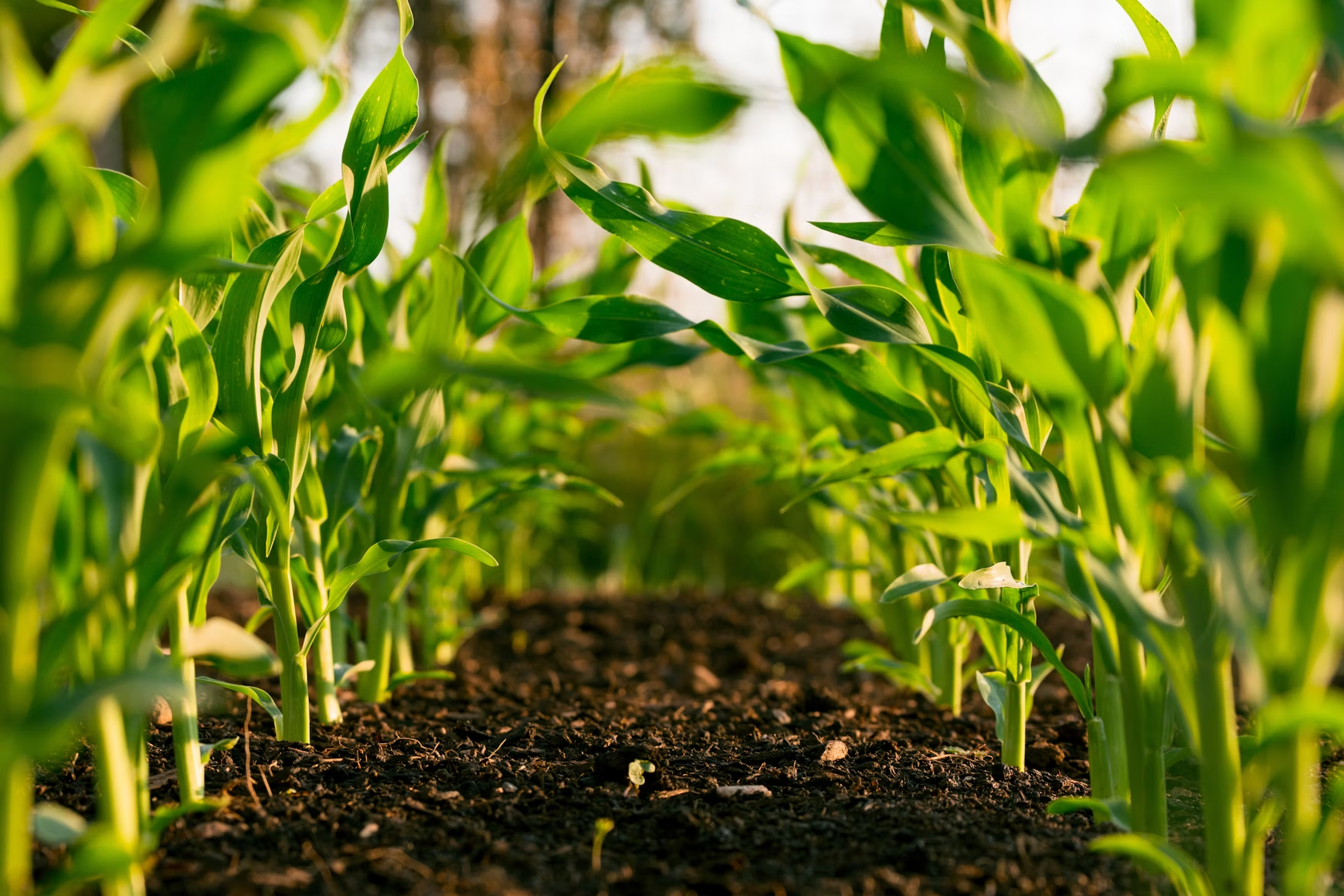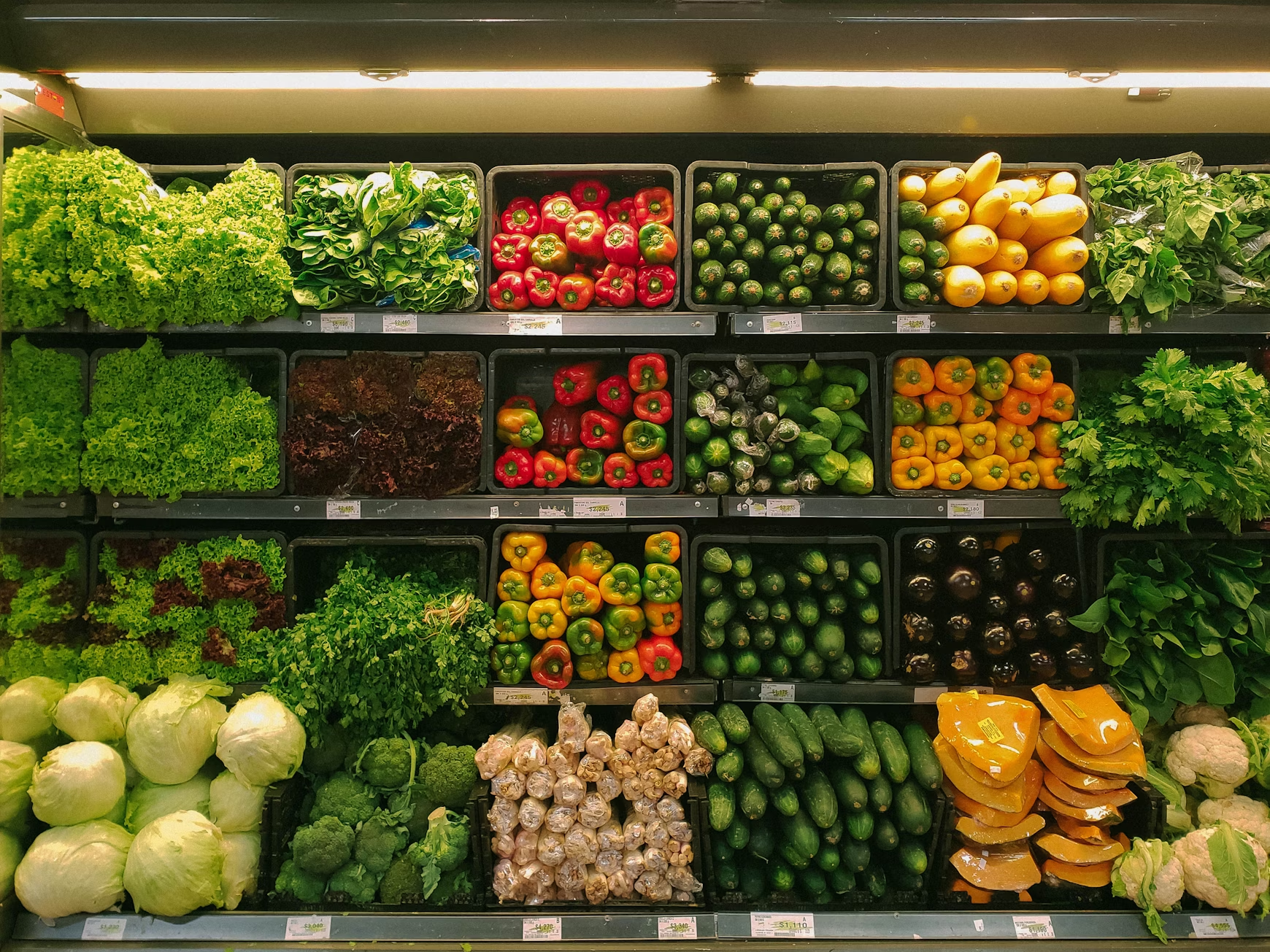
Food Waste Sources
Understanding where food waste occurs is the first step in solving the problem. Learn about the major sources of food waste and how Last Call Foods is working to address them.
The Problem
Food Waste by the Numbers
Food waste is a global crisis with significant environmental, economic, and social impacts.
- 1.3 Billion
- Tons of food wasted globally each year
- 30-40%
- Of the food supply is wasted in the United States
- 8%
- Of global greenhouse gas emissions come from food waste
Major Sources
Where Food Waste Occurs
Food waste happens at every stage of the supply chain, from farm to table.

Farms & Production
At the farm level, food waste occurs when crops are left unharvested due to cosmetic standards, market conditions, or labor shortages. Weather events, pests, and disease can also lead to crop losses. Additionally, produce that doesn't meet aesthetic standards for retail is often discarded despite being perfectly edible.
How Last Call Foods helps: We connect farmers directly with consumers through our Farm to Table category, allowing them to sell produce that might not meet conventional retail standards but is still fresh and nutritious.

Processing & Distribution
During processing and distribution, food waste occurs due to inefficiencies in the supply chain, improper storage, and transportation issues. Products may be rejected due to packaging errors or damage during transit. Additionally, large quantities of edible by-products from food processing are often discarded.
How Last Call Foods helps: We work with food processors and distributors to find outlets for surplus inventory, products with packaging errors, or items approaching their best-by dates, connecting them with consumers at discounted prices.

Retail & Grocery Stores
Grocery stores and retailers discard large amounts of food due to overstocking, aesthetic standards, and approaching sell-by dates. Fresh produce, bakery items, and dairy products are particularly vulnerable to waste. Retailers often remove products from shelves well before they're unsafe to consume to maintain a perception of freshness.
How Last Call Foods helps: Our platform allows grocery stores and retailers to list items approaching their sell-by dates at discounted prices, reducing waste while providing consumers with affordable food options.

Restaurants & Food Service
Restaurants and food service operations generate waste through overproduction, large portion sizes, and strict food safety regulations. Prepared foods that aren't sold by the end of the day are typically discarded, even if they're still perfectly safe to eat. Inventory management challenges and unpredictable customer demand contribute to this waste.
How Last Call Foods helps: We enable restaurants and cafes to sell surplus prepared foods at the end of the day, reducing waste while offering consumers quality meals at significant discounts.

Households & Consumers
Consumer households are responsible for a significant portion of food waste. Common causes include over-purchasing, confusion about date labels, improper storage, and poor meal planning. Leftovers are often forgotten and eventually discarded. Many consumers lack awareness about how to properly store different foods or how to use food scraps creatively.
How Last Call Foods helps: By educating consumers about food waste and providing access to surplus food at reduced prices, we help households make more sustainable choices while saving money on quality food items.
